Over the course of Disney history, there have been a litany of well-known figures working behind the scenes to make the magic. Names like Marc Davis, Rolly Crump, Bob Gurr, Tony Baxter, and Joe Rohde — just to name a few — have become almost as iconic to some Disney fans as Walt himself.
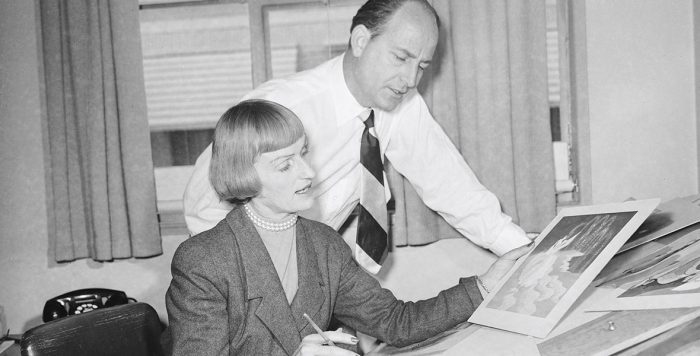
Mary Blair is one of thoseicons, and a case can be made that her contributions to the company and beyond have made her one of the most beloved artists of the 20th century. This is her story.
Born Mary Browne Robinson in McAlester, OK, on October 21st, 1911, the future Mary Blair and her family moved often as a child — eventually settling in California.
Mary began cultivating her artistic talents at an early age, developing elements of what would become her iconic bright watercolor style while still a youth. She would eventually attend San José State University, graduating in 1931. Following college, Mary won a scholarship to Los Angeles’s Chouinard Art Institute, graduating in 1933. The following year she married fellow artist Lee Everett Blair, gaining the surname she’d make famous.
Throughout the 1930s, Mary worked in the animation industry, with both MGM and the Ub Iwerks studio. During this same period, the Blairs both became premier members of the California School of Watercolor. She began working at the Disney Studios in the early 1940s, beginning a relationship that would span most of three decades, and forever alter the legacies of both artist and company.
Blair’s earliest work at Disney included some work on Dumbo, as well as art duties on an early version of Lady and the Tramp, and a segment titled “Baby Ballet” for a planned updated version of Fantasia. Neither of these projects saw the light of day, eventually leading to Blair taking a sabbatical from the studio. She would eventually return in time to accompany Walt and Lillian Disney on a “Good Neighbor” tour of South America, where Blair was able to “capture a variety of distinct South American sceneries and people in her own style.”

Over the course of the next decade, Blair brought her artistic sensibilities – including modernist art styles and heavily contrasting primary colors – to various Disney films including Song of the South and So Dear to My Heart. In the early 1950s, Blair was a heavy contributor to look of three of Disney’s most iconic films: Cinderella, Alice in Wonderland, and Peter Pan. The look of each of those films is heavily inspired by the concept art Blair did for them, and she’s credited with color styling on the films.

Following Peter Pan, Blair departed the Disney Studios to begin working freelance. She brought her trademark style to numerous brands including Nabisco and Maxwell House. In addition to this advertising work, Blair stretched her creative wings in other ways during this period, including illustrating several children’s books for Little Golden Books, and designing stage sets for various holiday shows at Radio City Music Hall.
In the early 1960s, Walt Disney brought Mary Blair back into the company fold to work on the project that would arguably become her magnum opus: ‘it’s a small world’.
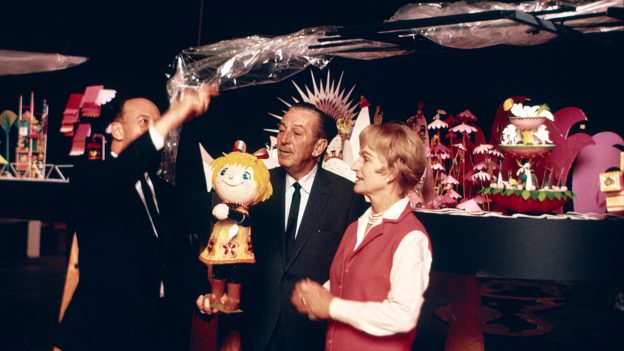
On a remarkably short — by modern standards — schedule, Blair designed the whimsical children (some of whom looked similar to her advertising work) color palette for the attraction, working closely with Disney Imagineers including Marc Davis, Alice Davis, and notably Rolly Crump, who became very close to Blair.
‘it’s a small world’ became a massive success at the 1964 New York World’s Fair, thanks in no small part to Blair’s engaging and adorable character designs and coloring. The attraction would be moved to Disneyland — with a new Rolly Crump-designed facade that featured the now iconic clock-face inspired by Blair’s style — and become one of the park’s most beloved attractions.
‘it’s a small world’ has become such an intrinsic part of the Disney theme park experience that it’s been replicated — complete with Blair’s art style intact — at Walt Disney World, Tokyo Disneyland, Disneyland Paris, and Hong Kong Disneyland.

Following the gargantuan success of it’s a small world, Mary Blair continued working both inside and outside Disney. She designed a series of Hallmark Cards based on Disney’s characters, heavily contributed to the look of the film How to Succeed in Business Without Really Trying, and designed a mural based on her ‘it’s a small world’ work for the pediatric waiting room of the then-newly built Eye Institute at the University of California, Los Angeles.
Blair also continued working with Walt Disney Imagineering during the late 1960s and early 1970s, designing massive tile murals in Tomorrowland for the land’s 1967 reimagining. Sadly, these massive installations — one on the Adventure Thru Inner Space building and the other on the Circle-Vision 360 building — were covered in 1987 and 1998 for the respective openings of Star Tours and Rocket Rods.

The piece, themed to a southwestern motif, features Blair’s trademark color and character designs, including a 5-legged goat — allegedly added by Blair as an intentional “mistake” to show the fallibility of humans — that has become an iconic character to a subset of Disney fans, inspiring everything from merchandise to tattoos.

The Contemporary mosaic was Mary Blair’s final major contribution to the Walt Disney Company, as she passed away in 1978 due to a cerebral hemorrhage at the all-too-young age of 66. In the final years of her life, Blair dealt with a slew of mental and physical health issues, including a battle with alcoholism that doctors believed contributed to her death.
There’s no question that Mary Blair is one of the most important and beloved artists in Disney history. Her work on ‘it’s a small world’ has defined one of the company’s most iconic attractions for almost 60 years. However, beyond that, Blair’s use of color and introduction of modernist design techniques in films like Cinderella and Peter Pan still cast a shadow of influence over the company’s work today, and have led to Blair’s legacy being celebrated in books, documentaries, windows on Main Street, and a posthumous Disney Legend award.

What’s your favorite piece of Mary Blair artwork? DO you think she’s the most influential Disney artist of the last 70 years? Let us know in the comments below.
Join the AllEars.net Newsletter to stay on top of ALL the breaking Disney News! You'll also get access to AllEars tips, reviews, trivia, and MORE! Click here to Subscribe!



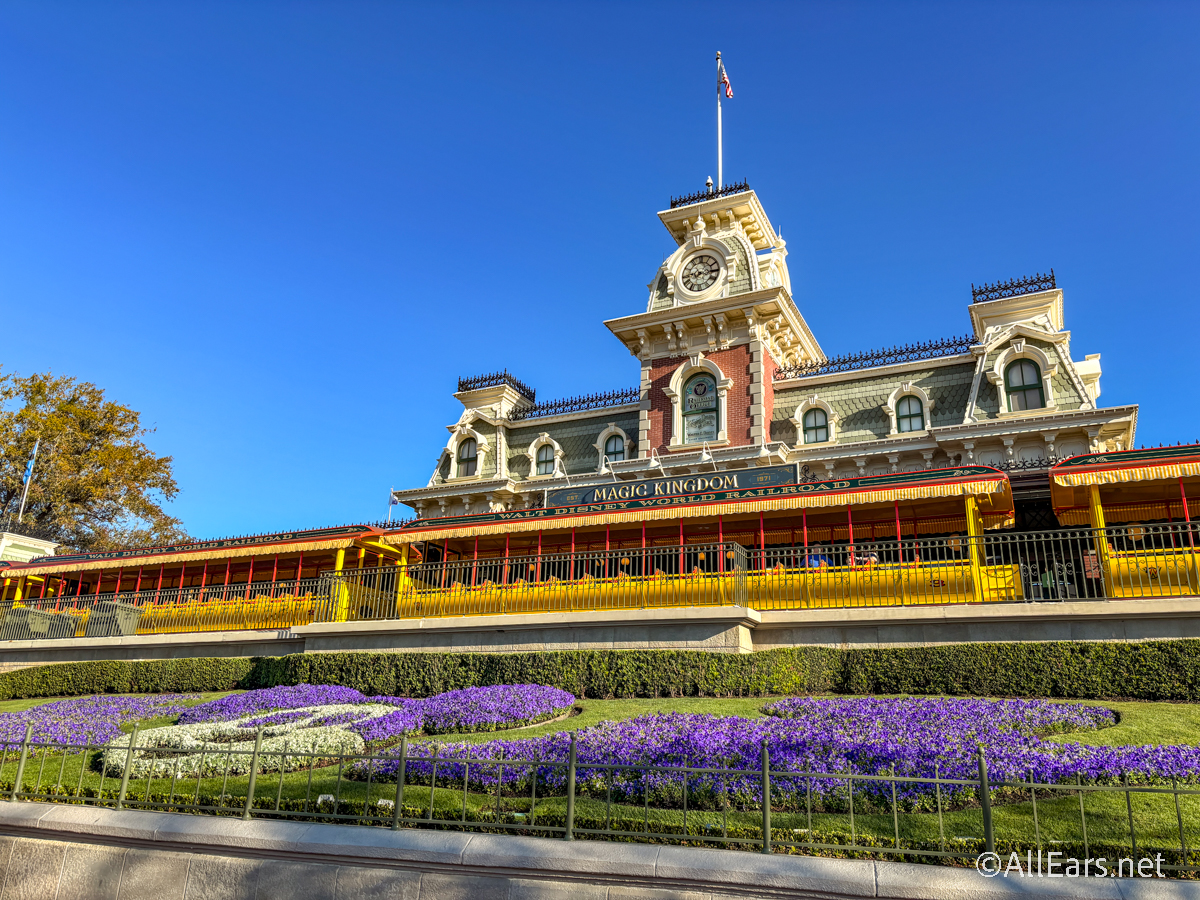




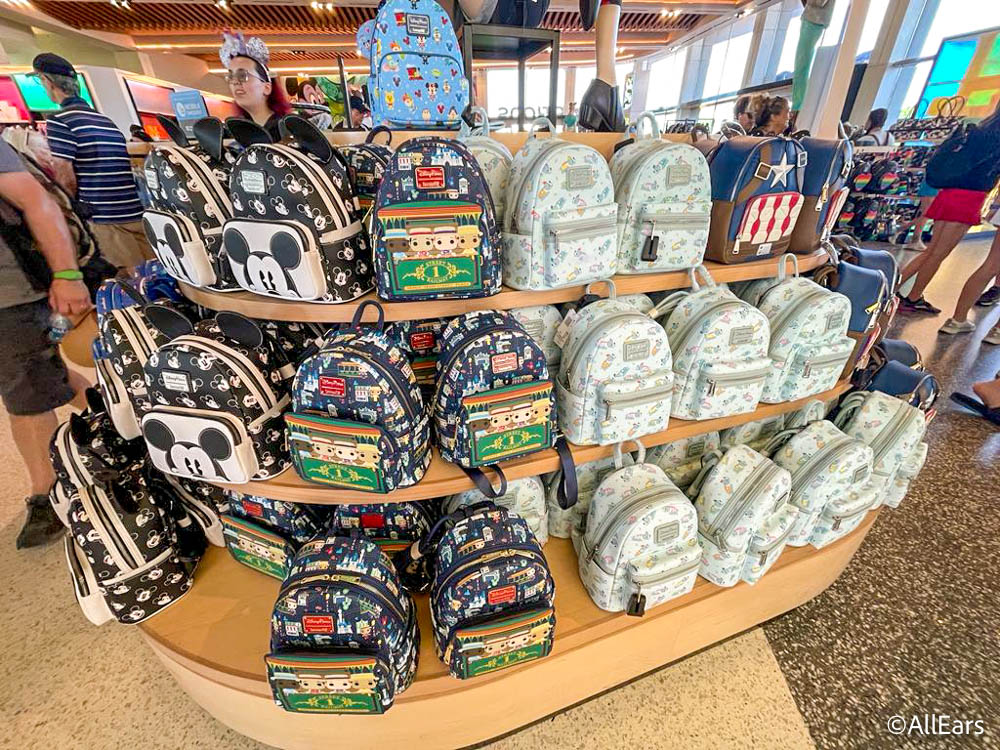
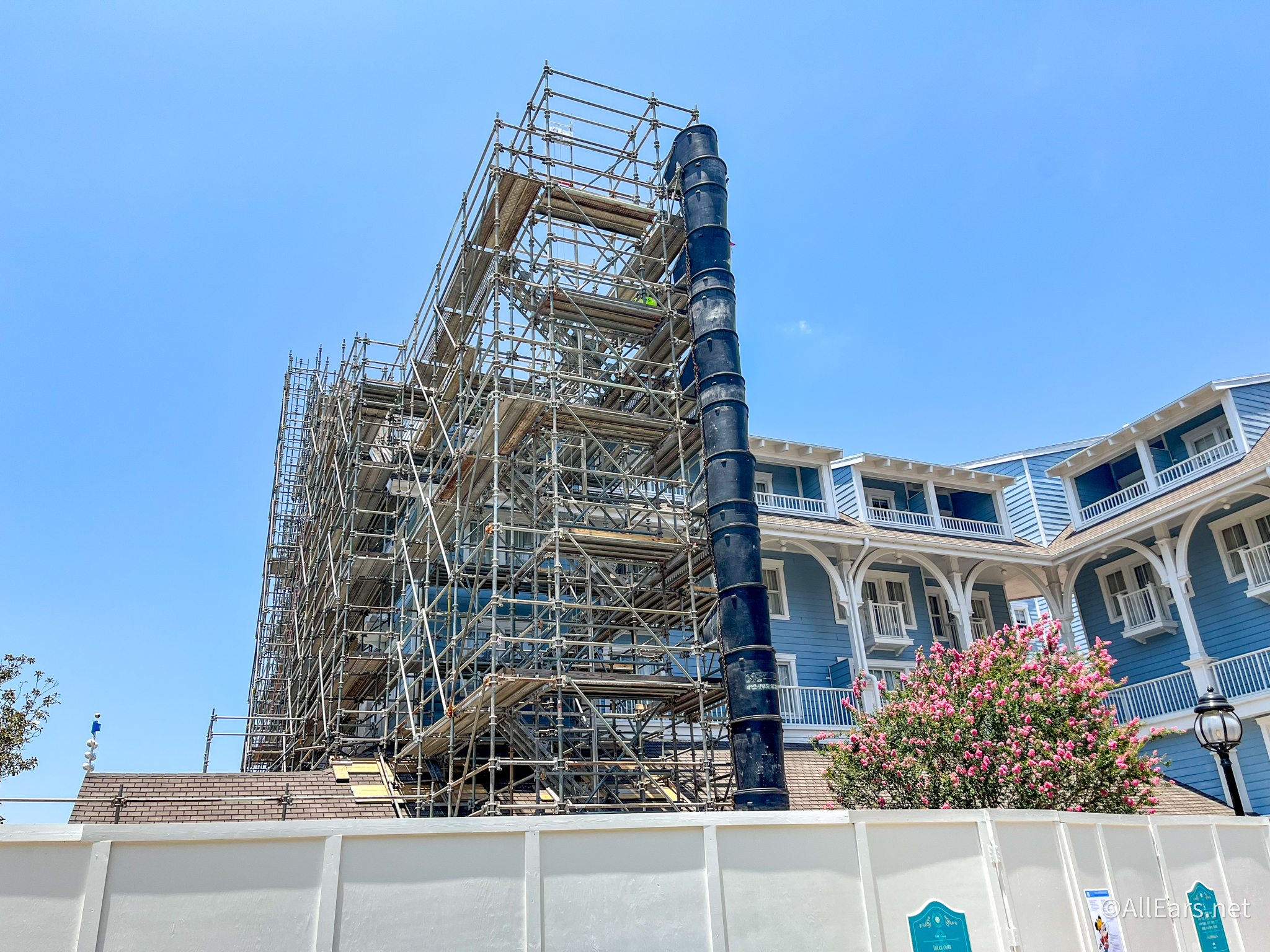
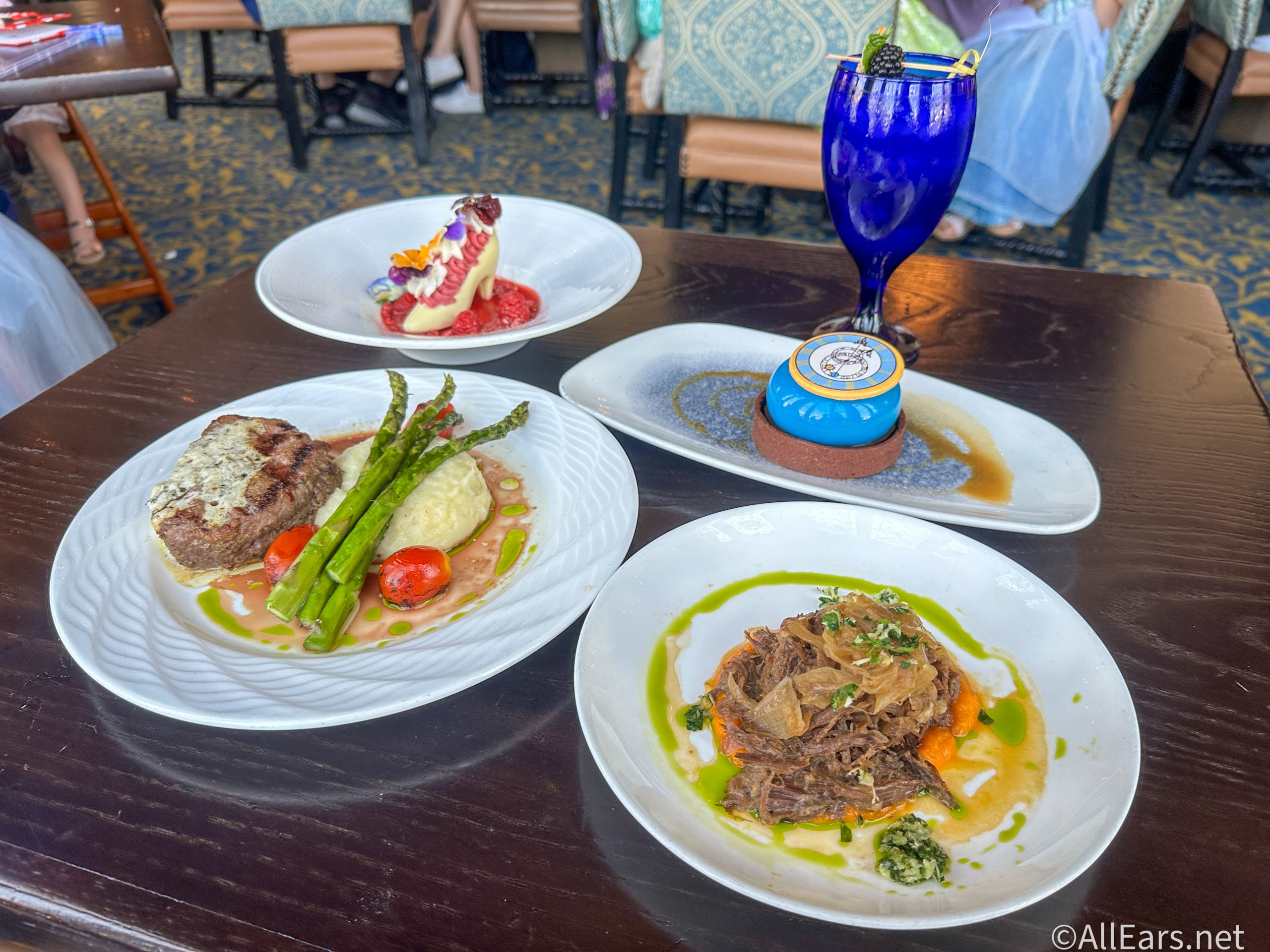
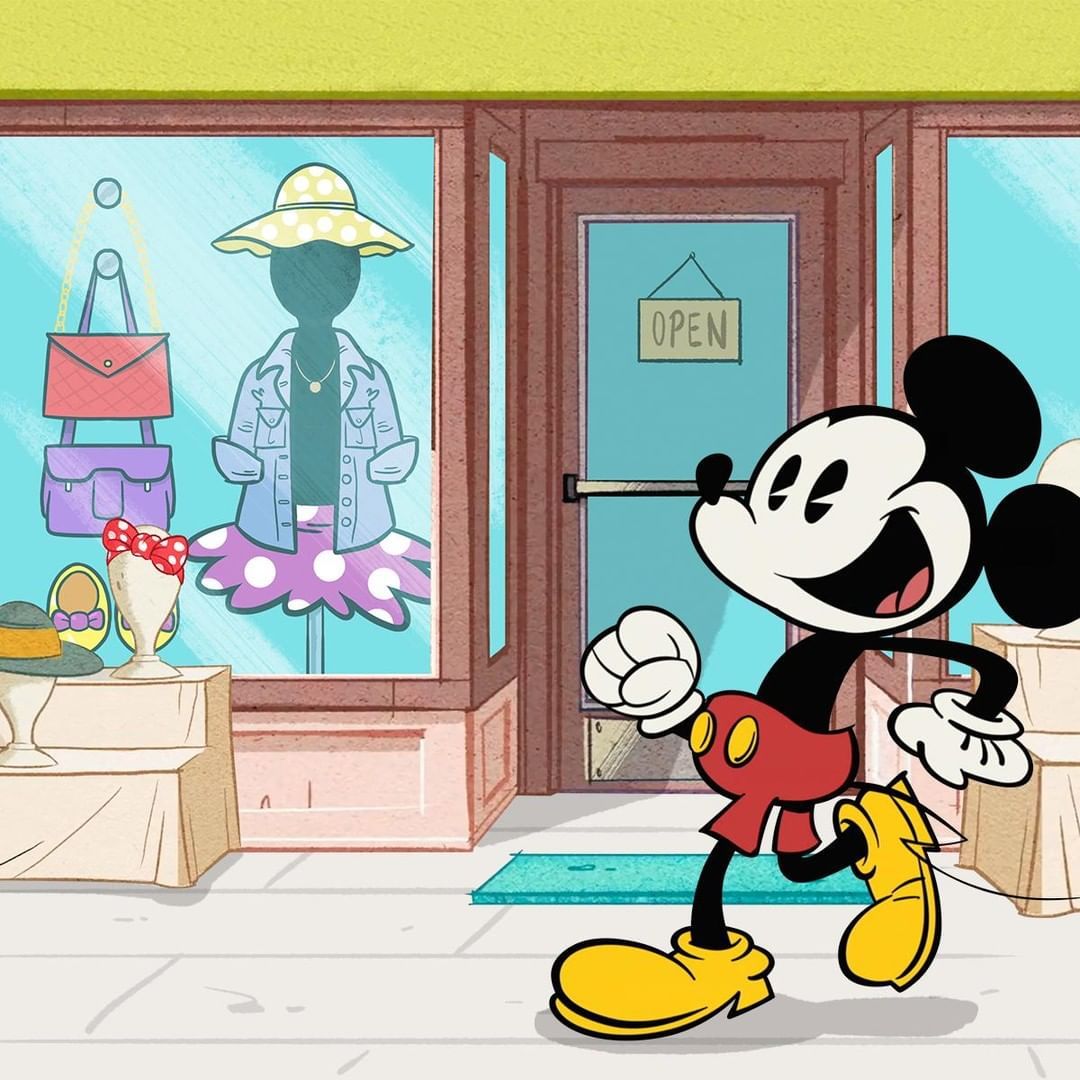
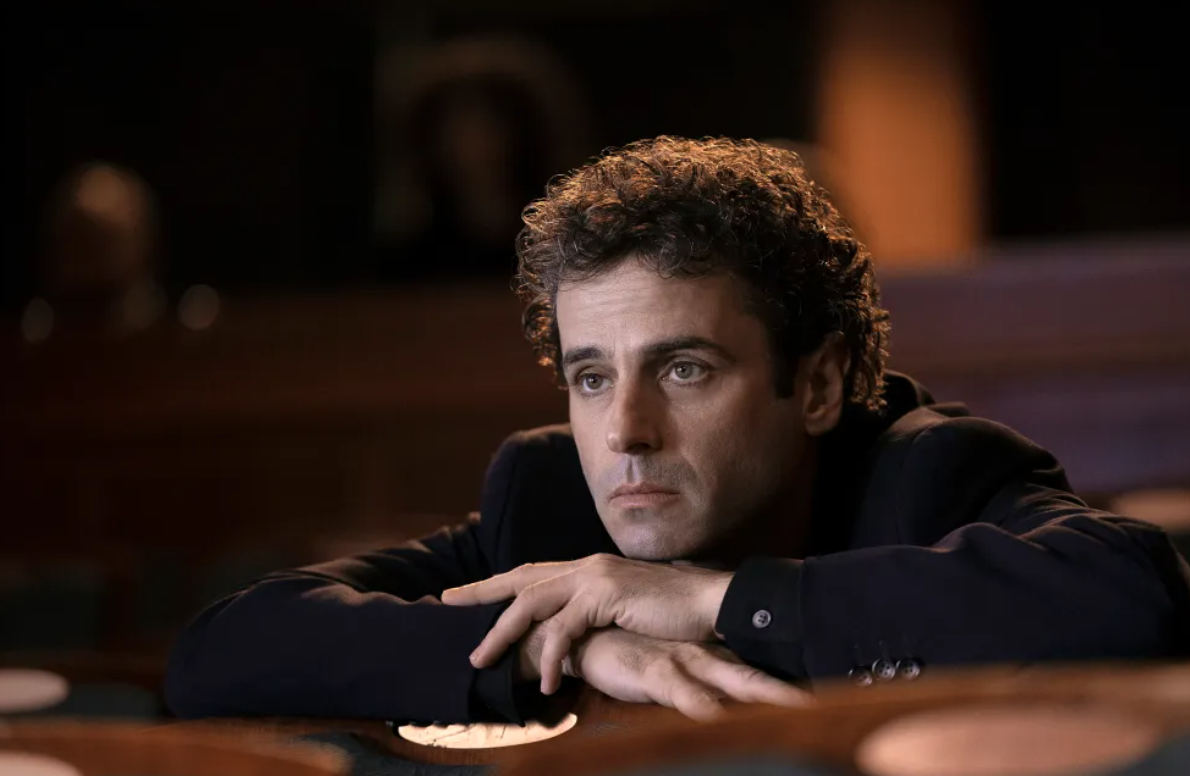

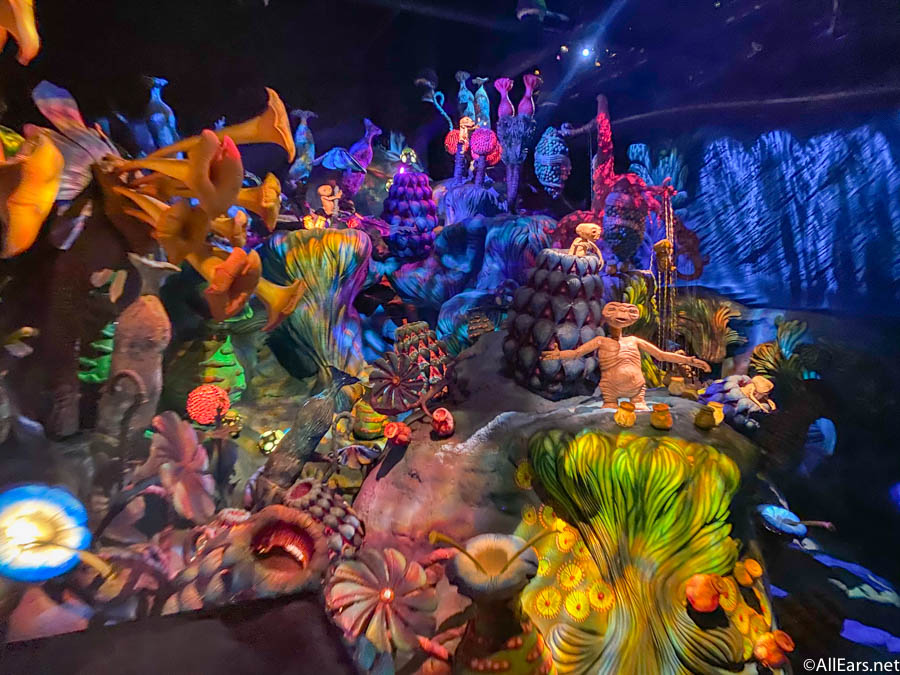

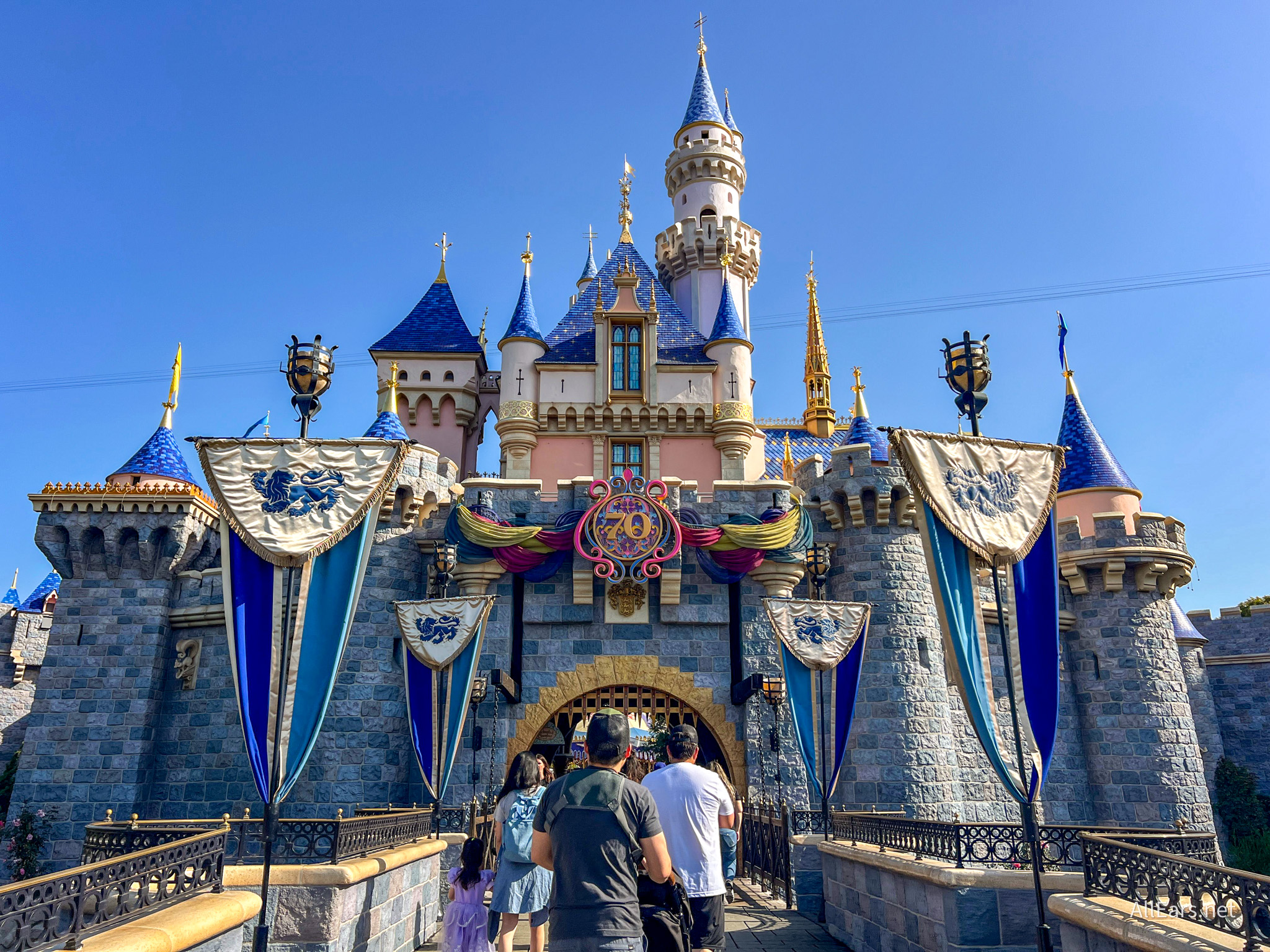

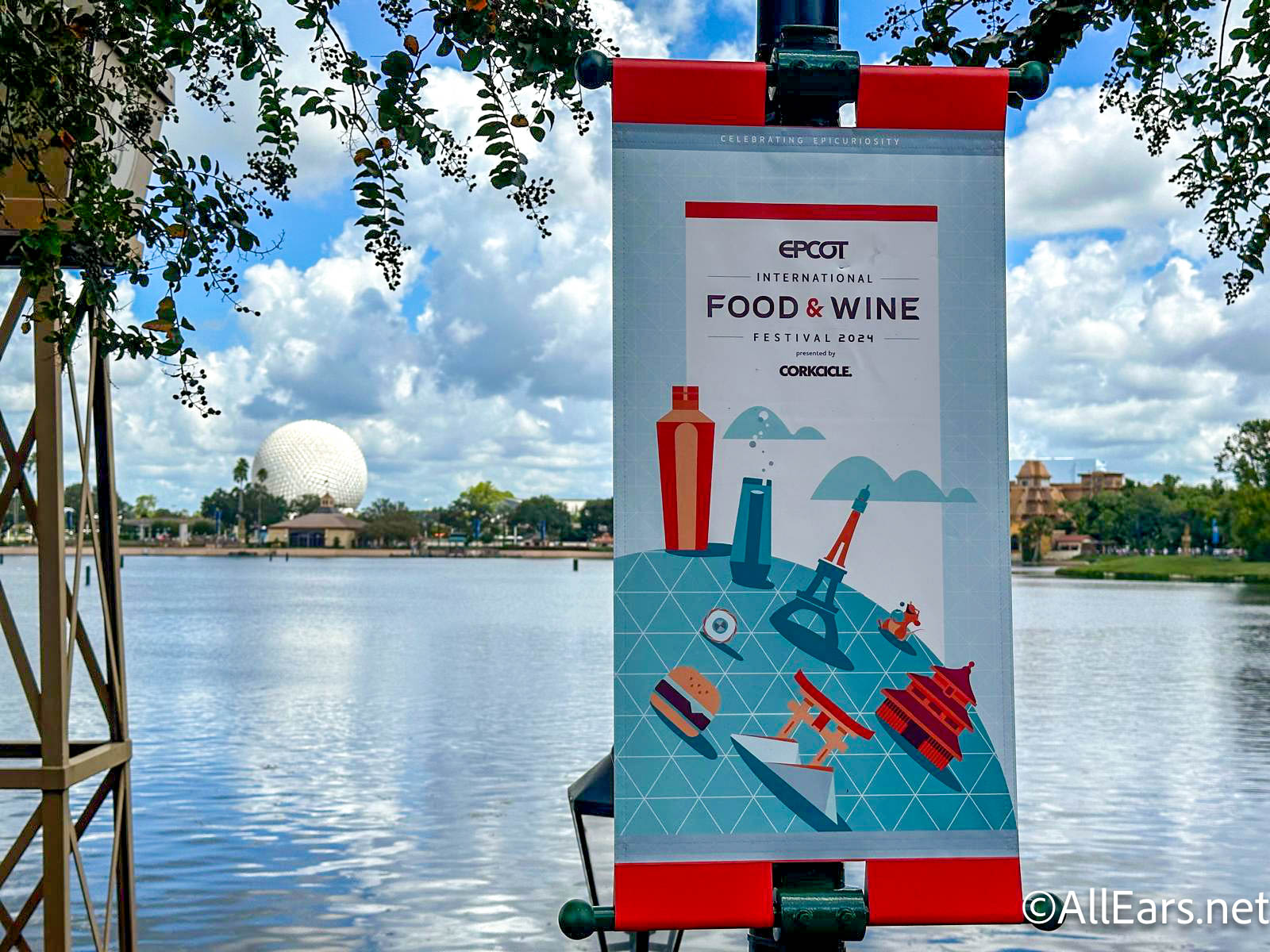





Trending Now
So, I asked our very own Disney Experts about which Magic Kingdom ride would rope...
Disney World has changed a lot over the years. Some experiences are long gone, others...
We've noticed and interesting trend in EPCOT recently, but when we thought more about it,...
If this snack isn't on your Magic Kingdom snack list, add it now!
Check out these Loungefly's on Amazon for SALE!
Check out these four new Disney Loungeflys available on Amazon!
If you're planning on booking a hotel in the EPCOT area, we've got some bad...
A new feature is being rolled out to the Disneyland and Disney World app to...
Check some of our favorite Disney souvenirs available on Amazon!
Another Amazon Prime Video series has been canceled!
Four rides will be closing soon in Universal Islands of Adventure.
This iconic Universal Orlando ride will be CLOSED this week -- don't be caught off...
Magic Kingdom transportation is about to change!
With a curfew in place in Los Angeles, how does this affect Disneyland?
We tried a new funnel cake dessert in Hollywood Studios!
Don't go to the EPCOT Food & Wine Festival on these dates.
I was seriously wrong about Epic Universe but I am so glad I was!
Hey, you! Are you taking full advantage of your Disney+ subscription? If you don't know...
Here's what you need to know about going to Disneyland right now.
The Immigration and Customs Enforcement (ICE) agency has an active and heavy presence in California....